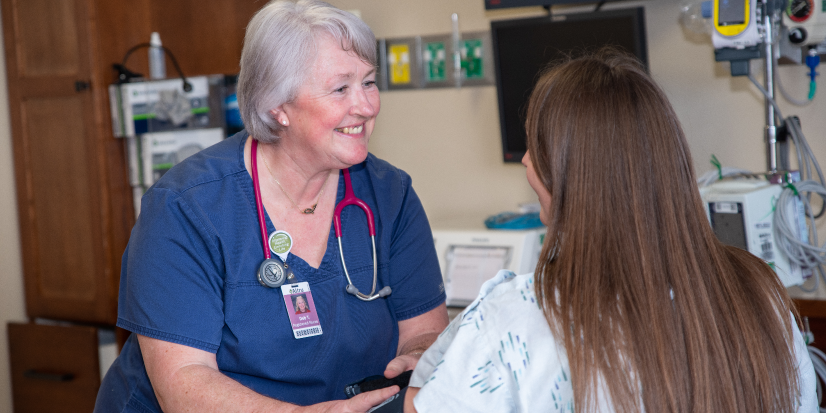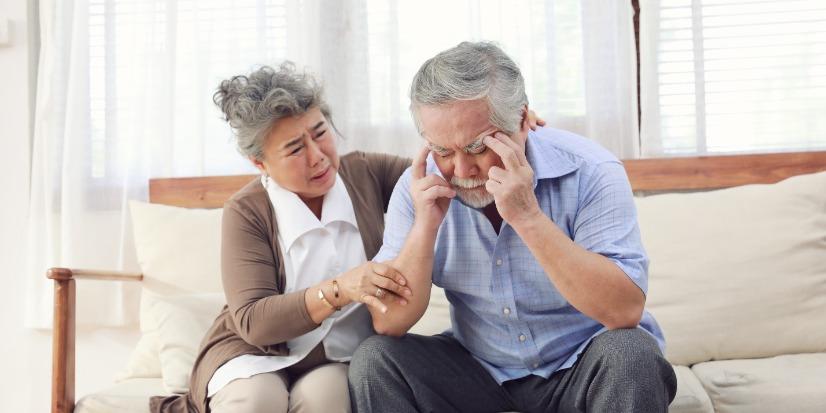As the thermometer reaches temperatures that make us swelter in the sun, we need to be extra vigilant about kids and the toll that heat takes on their bodies.
Heatstroke is the medical term used to describe when the body’s temperature becomes excessively hot. Simply put, hyperthermia occurs when a body produces or absorbs more heat than it gives off.
Young children are particularly at risk for heatstroke, as their bodies heat up three to five times faster than an adult’s. When a child’s internal temperature reaches 104 degrees, major organs begin to shut down. When their temperature reaches 107 degrees, the child can die.
Kids in Cars
Heatstroke is the leading cause of non-crash, vehicle-related deaths for children under the age of 14. Since 1998, more than 660 children across the United States have died in cars from heatstroke.
How does it happen?
- More than half of these deaths occur when a driver forgets that the child is in the car. Experts will tell you this can happen to anybody. Our busy lifestyles create enough stress to trigger “mental lapses” that cause your brain to go on autopilot. The lapses can affect something as simple as misplacing your keys or something as crucial as forgetting a baby.
- Almost 30 percent of the time, children get into a car on their own. They find a way into the car, but sometimes, they can’t find a way out.
- The third scenario is when someone intentionally leaves a child alone in a car. A parent might be running an errand and think, “The baby just fell asleep. I’ll just be gone for a second.” But seconds turn into minutes, and before you know it, the temperature inside of the car has reached lethal levels.
The temperature inside a car can rise 20 degrees in 10 minutes and upwards of 40-50 degrees in the span of an hour or two. It can be a relatively mild day outside and yet, there can be life-threatening temperatures inside a vehicle. “Cracking the window” makes very little difference in the internal temperature in the vehicle. What can you do?
Remember to ACT.
- Avoid heatstroke-related injury and death by never leaving your child alone in a car, not even for a minute. Make sure to keep your car locked when you’re not in it so kids don’t get in on their own. Keep keys out of children’s reach.
- Create reminders by putting something in the back of your card next to your children, such as a briefcase, your purse, or your left shoe that is needed at your final destination. This is especially important if you’re not following your normal routine. For a free vinyl cling window reminder, contact Safe Kids Grand Forks.
- Take action. If you see a child alone in a car, call 911 immediately if the parent or caregiver cannot be located. Emergency personnel wants you to call. They are trained to respond to these situations. One call could save a life.
We want to hear from you! Safe Kids Grand Forks has more information on heatstroke, including window clings to remind you to look inside and outside your car. You can visit us at www.safekidsgf.com and like us on Facebook.
Safe Kids Grand Forks is an injury prevention coalition that has as its mission to prevent unintentional injuries and death to children under age 19. Safe Kids Grand Forks has Altru Health System as their lead agency, and they serve upper northeast North Dakota and northwest Minnesota. To contact Carma or Safe Kids Grand Forks, send an email to safekids@altru.org.







